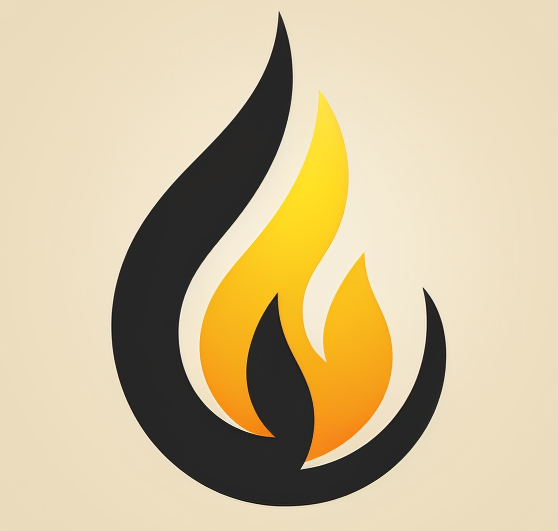Fire is a powerful force of nature that, when out of control, can wreak havoc and destroy property, livelihoods, and even lives. It’s vital for homeowners, business owners, and fire professionals to understand the different types of fires and how to effectively combat them. Our comprehensive guide is designed to provide you with in-depth knowledge about the characteristics of various fire classes, their unique challenges, and the recommended fire protection equipment to tackle them.
Class A Fires: Common Combustibles
Class A fires involve common combustibles like wood, paper, and cloth(1). The main challenge with these fires is that they can grow quickly if not immediately controlled.
Recommended Extinguisher: Water or foam fire extinguishers are the best choices for these fires, as they work to cool the fire and cut off its oxygen supply. Kidde’s Pro 210 Multipurpose Fire Extinguisher(2) is a popular choice for Class A fires.
Class B Fires: Flammable Liquids and Gases
Class B fires involve flammable liquids (like gasoline) or gases (like propane)(3). They can spread rapidly and produce thick, choking smoke.
Recommended Extinguisher: CO2 or foam fire extinguishers are usually used. Amerex’s B402(4), a dry chemical fire extinguisher, is widely recognized for its effectiveness against Class B fires. Even better, selecting the right fire safety cans can help prevent the fire in the first place.
Class C Fires: Electrical Fires
These fires are caused by electrical equipment or wiring(5). The primary danger is the potential for electrical shock if water-based extinguishers are used.
Recommended Extinguisher: CO2 and dry powder extinguishers are ideal, as they’re non-conductive. The Kidde 466180 Pro 5 CO2 Fire Extinguisher(6) is a commonly used product.
Class D Fires: Flammable Metals
Class D fires involve combustible metals like magnesium, aluminum, or titanium(7). These fires are especially challenging due to the high temperatures at which these metals burn.
Recommended Extinguisher: Special Class D fire extinguishers are needed to combat these fires. Amerex’s B570 Class D extinguisher(8) is a popular choice. Again, since these fires are very hard to contain, using quality storage and fire safety cabinets before the fire happens can help a lot.
Class K Fires: Kitchen Fires
These fires involve cooking oils or fats(7). The danger with these fires lies in their ability to spread rapidly and reignite even after being extinguished.
Recommended Extinguisher: Wet chemical extinguishers are recommended. Ansul’s K-Guard Kitchen-Class Fire Extinguisher(10) is a restaurant industry favorite.
Wildfires: Natural Disasters
Wildfires are large, uncontrolled fires that rapidly spread across vegetation and forested areas(8). They pose a unique challenge due to their size, speed, and potential to cause widespread destruction.
Recommended Suppression Systems: While homeowners cannot combat wildfires alone, they can take steps to make their homes more fire-resistant. These include installing ember-resistant vents and using fire-resistant materials for roofing and siding(8)
Regardless of the fire class, remember that fire extinguishers, smoke alarms etc are first-line defensive tools and are not substitutes for professional help. Always call your local fire department in the event of a fire.
By understanding the classes of fires and the unique challenges each one presents, you can make informed decisions about the fire safety measures needed for your home or business. Stay safe!
Footnotes
1. National Fire Protection Association. (2023). “Types of Fires and Extinguishing Agents.”
2. Kidde. (2023). “Pro 210 Multipurpose Fire Extinguisher.”
3. Amerex. (2023). “B402 ABC Extinguisher.”
4. Kidde. (2023). “466180 Pro 5 CO2 Fire Extinguisher.”
5. Amerex. (2023). “B570 Class D Extinguisher.”
6. Ansul. (2023). “K-Guard Kitchen-Class Fire Extinguisher.”
7. National Fire Protection Association. (2023). “Wildfires.”
8. NFPA Firewise. (2023). “Making homes fire-resistant.”
